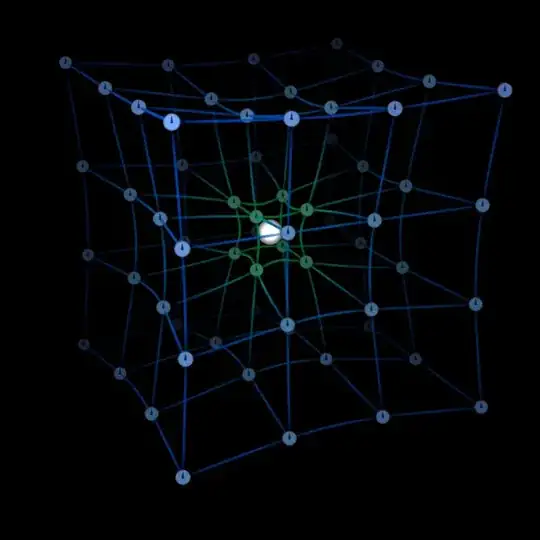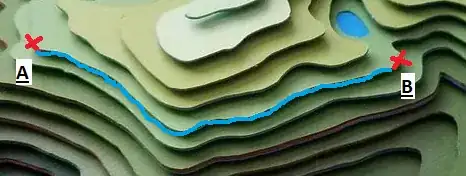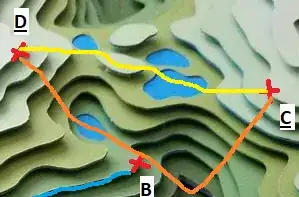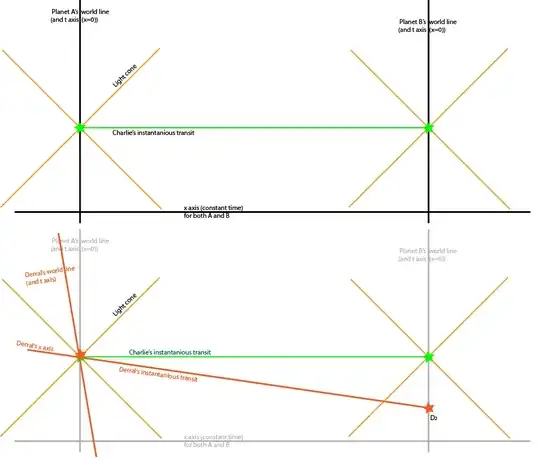FTL travel is not exactly the same as time travel.
The following is a hypothesis that I haven't yet confirmed but it makes sense and agrees with everything I know about relativity (I have to admit it isn't that much).
Think that everything in the universe origined at the same time, and thus, an instant after the Big Bang, we could take a random point and say that it will be our time line reference.
Now, we know that "gravity" distorts the space-time fabric of the universe, so we could take a section of the universe, and the points where there's more mass, there's more "gravity" and there is a greater distortion of the space-time fabric.
When there is more distortion of the space-time fabric at any point in space, the space fabric gets attracted and compressed, and time is expanded. For an external watcher, the things at those points age slower, while the things at another point 'untouched by "gravity"' (that should be something impossible but we're theorytizing here) age at a normal pace. So, to make it more simple, there are zones/bubbles in space affected by "gravity", which implies that space is compressed and time is expanded in those areas.
You surely have seen the typical graphs that shows something similar to a topographic map. They try to represent the distortion of space in the presence of "gravity", but they fail miserably because now people think that space is a 2D elastic plane that goes up and down like a topographic map. However, they can work very well at representing how "gravity" distorts time, where time goes slower the deeper you go.

Space distortion is a bit more complex, but can still be represented:

Actually, this is a space-time distortion representation, if you look close enough you will see that the time in the clocks has a slower pace when you are closer to the source of "gravity".
We have already explained the static effect of "gravity" upon the space-time fabric.
Now we have to explain how you are affected by it when travelling through the cosmos.
A space whale (I like to use space whales for cosmic travelers because you don't need to explain their means of propulsion) wants to travel from point A to point B. However, we have some big stars/ black wholes/ gas-giant-rogue-planets/ etc that are producing distortions on the space-time fabric.

Yes, this is actually a topographic map, but it works very very well in driving the point home --pun not intended. For this map, we'll say that the higher you are, the slower time passes (the greater "gravity" there is).
Let's draw the multiple possibilities for the position of the points A and B, I changed "time" for "height" to make it easier:

A at the same height as B and connected by a line where the height is the same always.
C at the same height as D but not connected by a line where the height is the same always.
C at a greater height than B.
E at a lower height than B.
If A and B are at the same height always, they have the same time-speed, so the time at A is ss:mm:hh:dd:mm:yyyy, and at B there is the same time. If some time passes at A, then exactly the same time passes at B, as long as they are at the same height through the duration of that time. However at point E will have passed a lot more time (it has less height so time passes faster) and at point C time will have passed a lot less (it has more height so time passes slower).
CASE 1: If you travel at any speed (it doesn't matter if it's faster or slower than the speed of light) from point A to point B and stay always at the same height (cyan line), you will never travel in time. Not forward, nor backwards. You might have some physicists stare at you in horror if you go faster than the speed of light because Causality would be breached but you won't travel in time.

CASE 2: If you travel from point C to point D, they are at the same height, but you must cross through zones where time goes faster and here is when we can begin to make multiple decisions and where the time travel shenanigans may begin.
If you want to get from C to D and you can't go faster than light, you obviously want to travel in the shortest time possible. If time goes by faster, then the speed of light will be faster. So you want to go as low as possible, so you will take the steepest climb downs and steepest climb ups to get as fast as possible from C to D (orange line). Well that would be true only if we don't have a human tripulation, because for those who go in the ship there will have passed a very very long time. If you need to move living and aging beings from C to D you should take the shortest and less time dilating path, so that they don't age too much compared to those beings at C and D (yellow line).

Even if you can travel faster than light, these constrictions still affect you, because time will still affect you.
If you travel from E to anywhere in this map, you can take different routes: You can either go as low as possible anywhere, to maintain the fast lightspeed on your side and then take the steepest climbs or you can make a straight line to your target (brown lines) or make the steepest climb as soon as possible to avoid the fast aging of your travelers (green lines).

Of all the worlds in the map, E has the time advantage, and can do anything faster than any other world. From grow crops to investigate new technologies. Also, it will be able to send ships with a higher frequency than any other planet. However, it's the world where you will age faster. Compared to those living on E, the ones living on C and D are very long-lived.
You can't travel in the direction of time. What I mean with this is that you can't travel in time in the spot, if you want to travel in time it will be only forwards, faster or slower, but never to the past.







